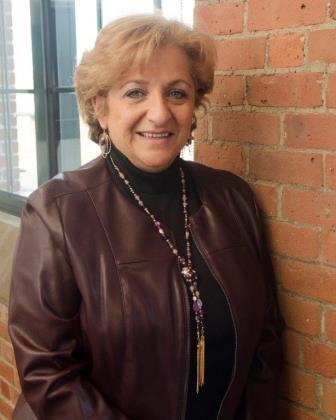Question: My parents are getting older, and I would love to record an oral history. However, I don’t know where to begin and don’t want to seem too intrusive. Have you got any suggestions?
Answer: It’s a recent trend in books and magazines to sum up subjects or periods of history by discussing a series of carefully—or randomly—chosen objects. One example is the British Museum’s “A History of the World in 100 Objects.” It’s really a new take on the old idea of a “conversation piece.” You can use this technique to inspire several generations to trade histories.
Why not start with five items each? Don’t make them especially predictable. Most of us keep mementos that relate to our major milestones: diplomas, rings, sports trophies, and so on. But less-celebrated objects may prompt spontaneous, half-forgotten memories. These could be items stored in a seldom-used bureau or on dim upper shelves of closets. They might include souvenirs from childhood vacations, equipment from abandoned hobbies, maybe a purchase you regretted that was too expensive to throw out. So, look underneath the Thanksgiving tablecloth folded in the buffet drawer and pick through that old steamer trunk you open every five years.
When you gather to talk history, explain when you got each object and how. Was it a gift? On what occasion? From whom? Did you like it? How did you use it? Why have you kept it ever since? How have you and the world changed since that time?
A friend used this technique with his children. To tell his own story, he collected a clam shell retrieved during a long-ago week on Cape Cod; a piece petrified wood he bought at the Museum of Science gift shop; and a sterling silver pen, a present from his first post-college employer. Each prompted a story. He described learning the dogpaddle in Hyannis; seeing Spooky the Owl with his troupe of Cub Scouts at the museum; and getting fitted for his first suit to enter the working world. He shared the meaning related to them: the way swimming strengthened a lifelong love of the ocean; the museum heightened his interest in geology; and how that first job proved he was best “suited” for a career in communications, not science.
To jumpstart your parents’ oral history, you might ask them to join you and your children in this exercise. Not many people regret putting away childish things, but we often wish we hadn’t thrown them out. Have you ever used your grandmother’s cribbage board? Do you have a wiffleball, a charm bracelet, a favorite baseball card, or a childhood lunchbox? Some of young children’s objects may be virtual: a video clip or a hideout built on Minecraft.
Of course, reminiscing and recording the oral history are worthwhile in themselves—and a great way to bond and explore perspectives on life as felt at varying ages and stages. I wish you good luck—have fun!
Are you struggling to care for an older adult or having difficulty locating resources? Our experienced staff is available to help. Visit us online at www.ESMV.org for more information. You can also call us at 1-800-892-0890 or email ageinfo@esmv.org. Joan Hatem-Roy is the Chief Executive Officer of Elder Services of the Merrimack Valley and North Shore.

